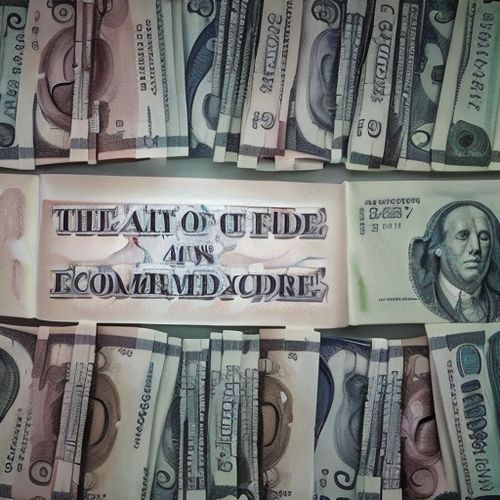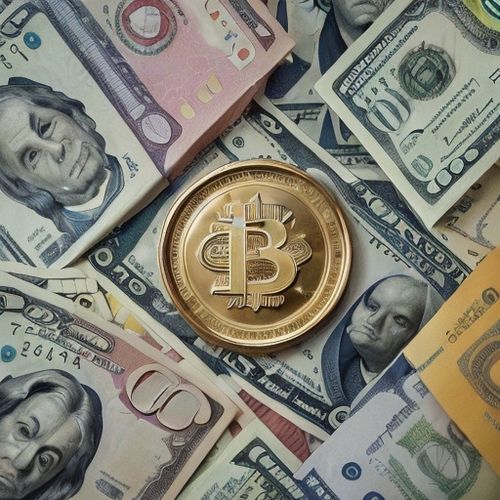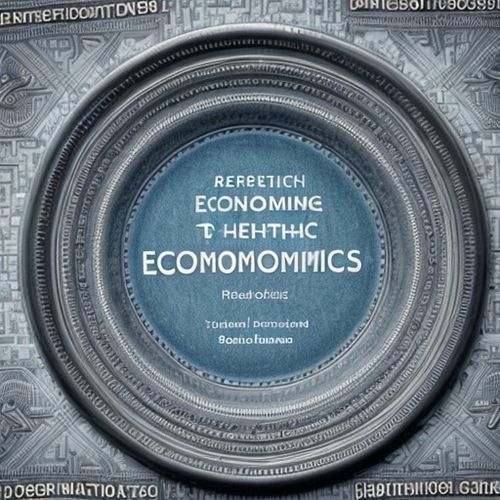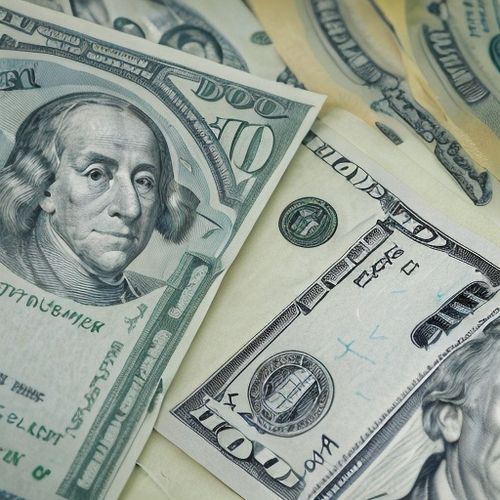The delicate dance between government spending and taxation forms the backbone of modern fiscal policy, shaping economies and influencing the daily lives of citizens. These twin instruments of economic management carry profound implications for growth, inequality, and national development, with policymakers constantly adjusting the balance between them.
When governments increase spending during economic downturns, they inject life into sluggish markets. The construction of new highways, investments in renewable energy projects, and funding for public education create immediate employment opportunities while building long-term productive capacity. Such expenditures don't merely circulate money through the economy; they transform its very structure. The New Deal programs of the 1930s demonstrated how strategic government spending could rebuild confidence alongside infrastructure, while more recent pandemic relief packages showed its role in preventing economic freefall.
Taxation operates as the yin to government spending's yang, serving multiple functions beyond revenue collection. Progressive tax systems act as automatic stabilizers - as incomes rise during boom periods, higher tax rates moderate overheating, while during recessions, reduced tax burdens leave more money in consumers' pockets. The psychological impact of taxation often outweighs its arithmetic effect; even minor adjustments to capital gains taxes can trigger waves of investment behavior, while sin taxes on tobacco and sugar deliberately alter consumption patterns.
The interplay between these tools creates constant tension. Expansionary fiscal policy typically involves increased spending paired with tax cuts, straining budgets but stimulating activity. Austerity measures do the opposite, often with painful short-term consequences. What makes fiscal policy so complex is the lag between implementation and effect - a tax incentive for businesses may take years to translate into job creation, while a spending cut can immediately devastate communities dependent on government contracts.
Modern governments face unprecedented challenges in deploying these tools effectively. Globalization has complicated tax policy as corporations shift profits across borders, while the rise of digital economies creates new categories of untaxed value. Government spending must now address existential threats like climate change alongside traditional infrastructure needs. The COVID-19 pandemic demonstrated how quickly conventional fiscal rules can be abandoned in crises, with countries racking up historic deficits to maintain basic economic functioning.
Political realities inevitably distort economic ideals in fiscal policymaking. Tax cuts often target influential constituencies rather than those most likely to stimulate demand, while spending frequently flows toward visible projects rather than less glamorous but more impactful investments in human capital. The recent trend toward universal basic income experiments reflects growing recognition that traditional fiscal tools may need reimagining for 21st-century economies.
Developing nations face particular fiscal policy dilemmas. Without robust tax collection systems, they struggle to fund necessary spending, yet excessive taxation can drive activity underground. Foreign debt often substitutes for domestic revenue, creating vulnerability to currency fluctuations. Smart targeting of limited resources becomes crucial - a dollar spent on childhood nutrition may yield higher long-term returns than lavish government buildings, but the latter often win political favor.
The sustainability of debt-financed spending remains perhaps the most heated fiscal policy debate. While mainstream economics once treated high debt-to-GDP ratios as dangerous, modern monetary theory challenges these assumptions, arguing sovereign currencies create more flexibility. Japan's experience with sustained high debt alongside low inflation complicates traditional warnings, as does the European Union's uneven enforcement of fiscal rules among member states.
Tax expenditures - the loopholes, credits and deductions buried in tax codes - represent a shadow form of government spending that rarely receives proper scrutiny. These hidden subsidies to homeowners, corporations, and specific industries often dwarf direct spending programs in scale, yet escape annual budget debates. Reformers argue for clearing this fiscal underbrush to simplify systems and broaden bases, but beneficiaries fiercely protect their advantages.
Behavioral economics has recently influenced both spending and taxation strategies. Nudge theory shapes everything from retirement savings policies to carbon taxes, recognizing that human decisions rarely follow rational models. Automatic enrollment in pension plans coupled with tax incentives demonstrates how these tools can work synergistically. Similarly, sugar taxes combined with public health campaigns show how fiscal measures can shift social norms.
The coming decades will test fiscal policy tools as never before. Aging populations strain pension and healthcare systems, requiring either higher taxes or benefit cuts. Climate change demands massive green investments while potentially shrinking tax bases in carbon-dependent regions. Technological disruption may require entirely new fiscal approaches, from robot taxes to universal basic income. What remains unchanged is the fundamental relationship between government spending and taxation as the levers through which societies shape their collective economic destiny.
History shows that the most successful fiscal policies balance immediate needs with long-term vision. The post-war Marshall Plan combined immediate relief with infrastructure rebuilding, while the 1986 U.S. tax reform simplified the code while broadening the base. Today's policymakers must similarly craft responses that address both current crises and future challenges, recognizing that government budgets are not merely balance sheets but expressions of national priorities and values.
As citizens, understanding these fiscal tools empowers us to evaluate policy debates beyond partisan rhetoric. When politicians promise tax cuts, we must ask which spending will shrink as consequence. When new programs are proposed, we should examine their funding sources. In democracies especially, fiscal policy ultimately reflects collective choices about the society we wish to inhabit - choices made concrete through the mundane but mighty mechanisms of government expenditure and taxation.

By Samuel Cooper/Apr 10, 2025

By Grace Cox/Apr 10, 2025

By Emily Johnson/Apr 10, 2025

By John Smith/Apr 10, 2025

By Ryan Martin/Apr 10, 2025

By Ryan Martin/Apr 10, 2025

By Joshua Howard/Apr 10, 2025

By Eric Ward/Apr 10, 2025

By Christopher Harris/Apr 10, 2025

By Sophia Lewis/Apr 10, 2025

By George Bailey/Apr 10, 2025

By Michael Brown/Apr 10, 2025

By Joshua Howard/Apr 10, 2025

By Lily Simpson/Apr 10, 2025

By Emma Thompson/Apr 10, 2025

By William Miller/Apr 10, 2025

By Samuel Cooper/Apr 10, 2025

By George Bailey/Apr 10, 2025